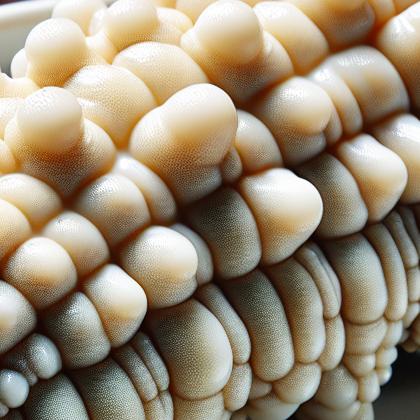Sea Cucumber

Sea cucumbers are echinoderms from the class Holothuroidea. They are marine animals with a leathery skin and an elongated body containing a single, branched gonad. Sea cucumbers are found on the sea floor worldwide. The number of holothurian/ˌhɒlɵˈθjʊəriən/ species worldwide is about 1,717 with the greatest number being in the Asia Pacific region.[2] Many of these are gathered for human consumption and some species are cultivated in aquaculture systems. The harvested product is variously referred to as trepang, bêche-de-mer or balate. Sea cucumbers serve a useful role in the marine ecosystem as they help recycle nutrients, breaking down detritus and other organic matter after which bacteria can continue the degradation process.
Sea cucumber Pairs With:

Sea cucumber Properties:
| Food Property | Type | Description |
|---|---|---|
| Flavor Profile | Umami | Sea cucumber has a rich umami flavor, often described as savory and meaty. |
| Texture | Firmness | Sea cucumber has a firm texture, with a slight chewiness. |
| Nutritional Value | Macronutrients | Sea cucumber is low in calories and fat, but high in protein. |
| Micronutrients | Sea cucumber is a good source of minerals such as calcium, magnesium, and iron. | |
| Fiber | Sea cucumber is low in fiber. | |
| Color | Natural Pigments | Sea cucumber has a natural beige or brown color. |
| Aroma | Volatile Compounds | Sea cucumber has a mild oceanic smell. |
| Chemical Composition | Acidity/Alkalinity (pH) | Sea cucumber is alkaline in nature. |
| Cooking Behavior | Heat Conductivity | Sea cucumber cooks quickly due to its high heat conductivity. |
| Water Retention | Sea cucumber retains moisture well when cooked. | |
| Oil Absorption | Sea cucumber absorbs minimal oil when cooked. |
Food Pairing App - Version 1.2.0
